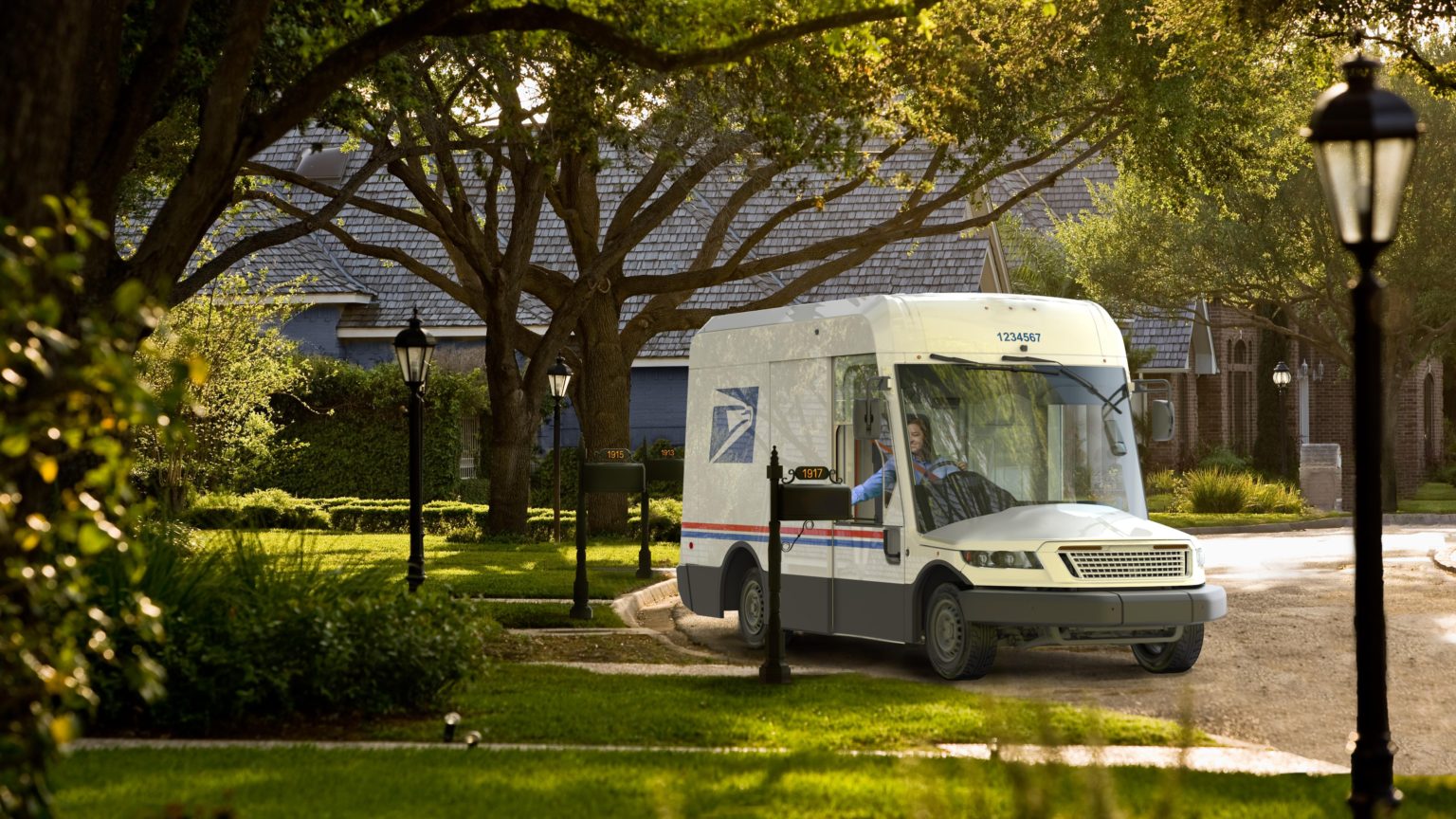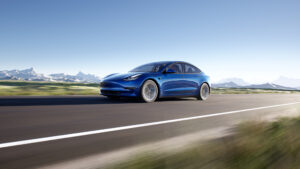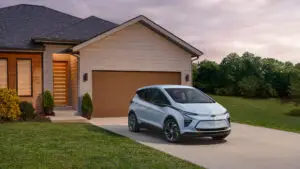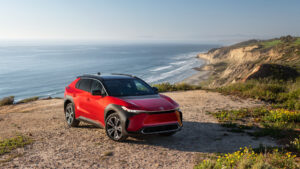Your mail carrier is about to get a huge transportation upgrade. The United States Postal Services (USPS) is retiring its current fleet of mail trucks, many of which have been on the road for more than 30 years. The Oshkosh Defense Next Generation Delivery Vehicle (NGDV) is expected to hit the streets in 2023, and will mark a big step forward in safety, comfort, and even styling for the classic mail truck.
The $2.98 billion order is for 50,000 vehicles, around 10,000 of which will be electric – more than double the original number of EVs expected in the contract. The USPS’ current fleet contains nearly 200,000 vehicles, many of which have been on the road for decades. They lack current safety features, are massively inefficient, and have long been a maintenance nightmare. The new trucks will be able to carry larger loads and will offer basic comfort and convenience features, such as air conditioning, a camera system, and traction control.
The new vehicles offer numerous upgrades over the previous model. USPS
Even with the steep increase in the number of EVs, the USPS deal is still heavily tilted toward gas-powered trucks. As Reuters notes, 80 percent of the trucks purchased will be powered by internal combustion engines. The Postal Service estimates its 20-year costs at $9.3 billion for gas mail trucks and $11.6 billion for EVs. Those numbers cover 75,000 new trucks and includes fuel, maintenance, and related costs.
Oshkosh won the USPS contract in 2021 after a years-long selection process. Controversy over the deal began almost immediately, as many were surprised at the number of gas vehicles. The current Grumman LLVs (long-life vehicles) were only intended to run for 24 years, but at this point, all of them have served much longer than that. A fleet of gas powered mail trucks purchased today could theoretically still be on the road deep into the 2040s, at which point most major automakers will have shifted to EVs.









